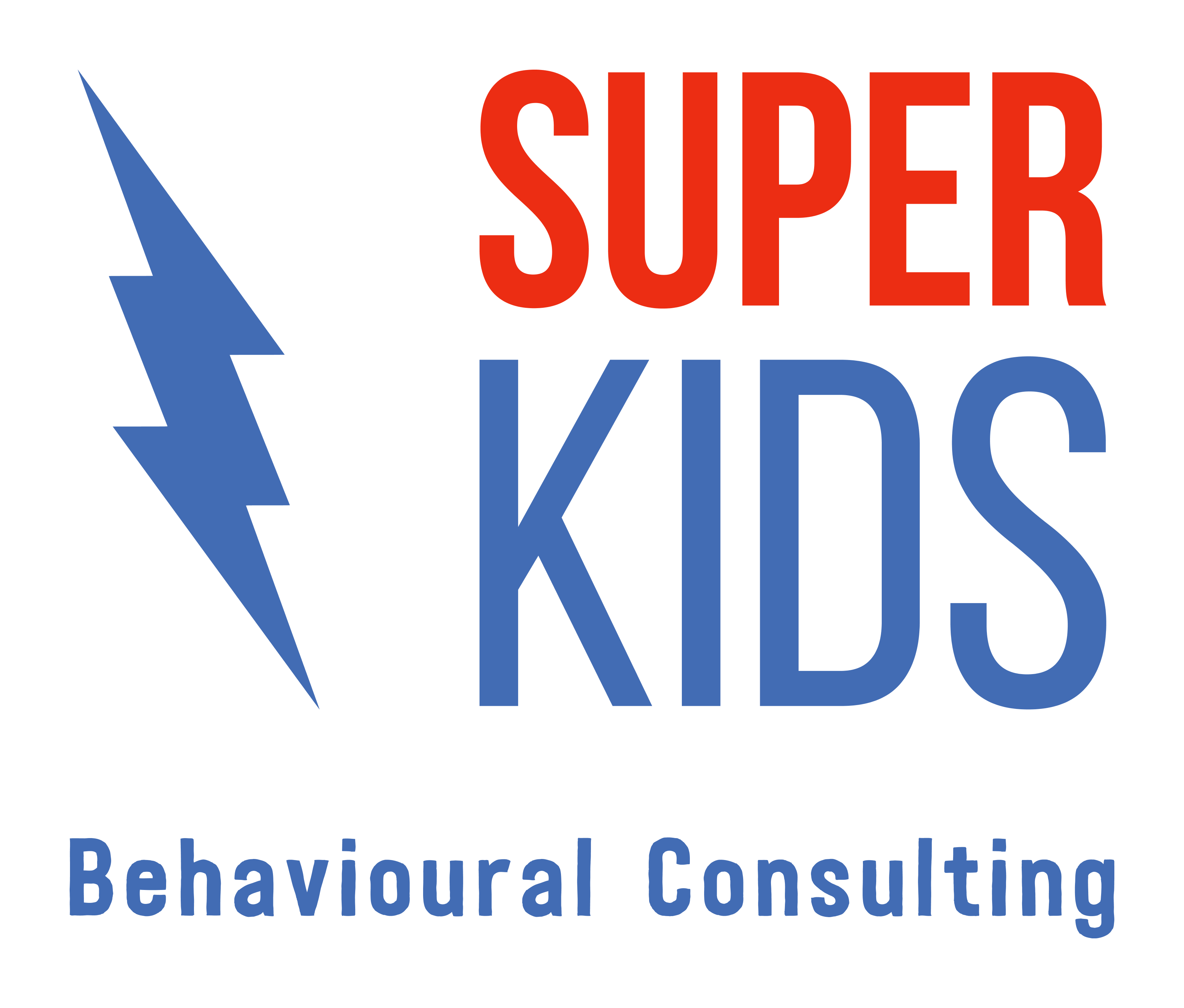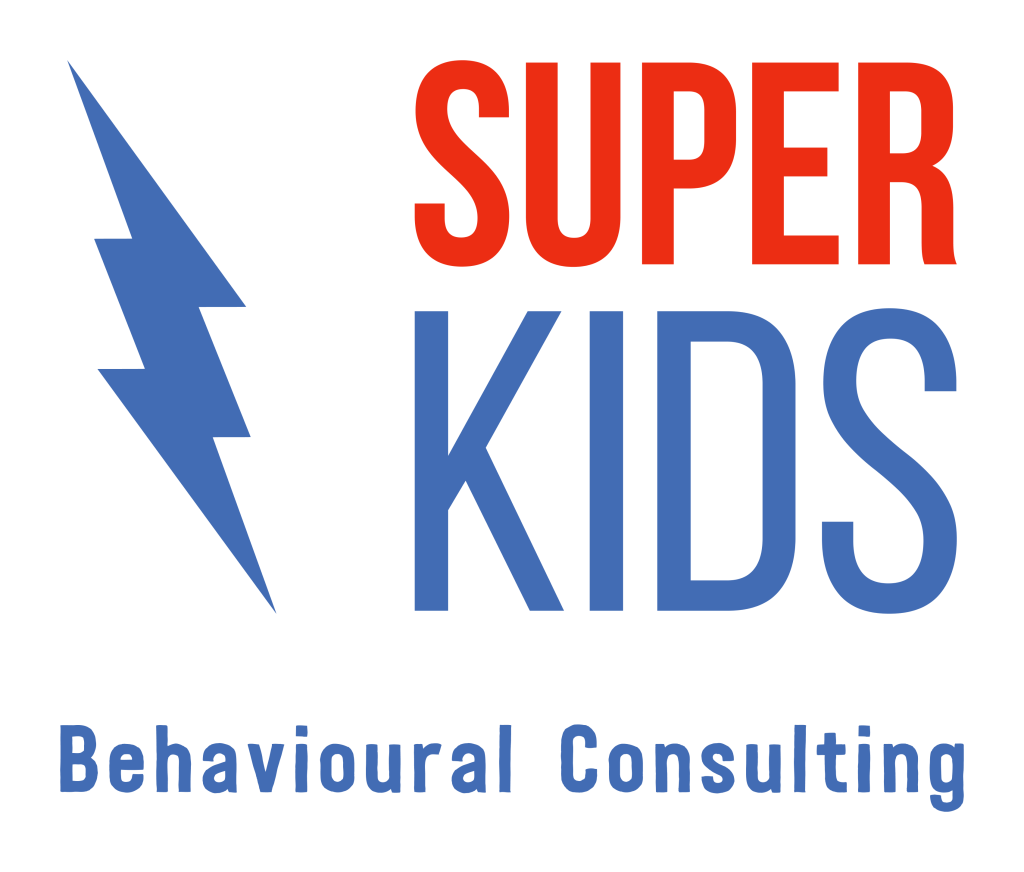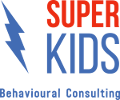Yes, The Stats Fit but Not the Circumstances! Tailoring Behaviour-Analytic Approaches Based on Family Values, Resources, and Expected Outcomes

Jessica Huynh
BEHAVIOUR TECHNICIAN (She/Her)
Fill out this contact form to Download the Poster Presentation "Tailoring Behaviour-Analytic Approaches Based on Family Values, Resources, and Expected Outcomes"
Reference List
Barton, E. E., & Volkmar, F. R. (2021). Premack Principle. In Encyclopedia of Autism Spectrum Disorders (pp. 3645–3646). Springer International Publishing. https://doi.org/10.1007/978-3-319-91280-6_1165
Fruchtman, T., Jessel, J., Pan, B., McLeod, S., & Rajaraman, A. (2025). The Performance-based IISCA Can Inform Effective and Socially Meaningful Skill-based Treatment. Behavior Analysis in Practice. https://doi.org/10.1007/s40617-024-01036-7
Jessel, J., Ingvarsson, E. T., Metras, R., Kirk, H., & Whipple, R. (2018). Achieving socially significant reductions in problem behavior following the interview‐informed synthesized contingency analysis: A summary of 25 outpatient applications. Journal of Applied Behavior Analysis, 51(1), 130–157. https://doi.org/10.1002/jaba.436
Macdonald, L., Trembath, D., Ashburner, J., Costley, D., & Keen, D. (2018). The use of visual schedules and work systems to increase the on‐task behaviour of students on the autism spectrum in mainstream classrooms. Journal of Research in Special Educational Needs, 18(4), 254–266. https://doi.org/10.1111/1471-3802.12409
Slaton, J. D., Davis, M., DePetris, D. A., Raftery, K. J., Daniele, S., & Caruso, C. M. (2024). Long‐term effectiveness and generality of practical functional assessment and skill‐based treatment. Journal of Applied Behavior Analysis, 57(3), 635–656. https://doi.org/10.1002/jaba.109
Join our mailing list
Super Kids acknowledges each individual’s personal preference to use identity-first or person-first language to describe themselves or their loved one. We interchangeably use both language conventions and therefore refer to both Autistic children and children with Autism.


